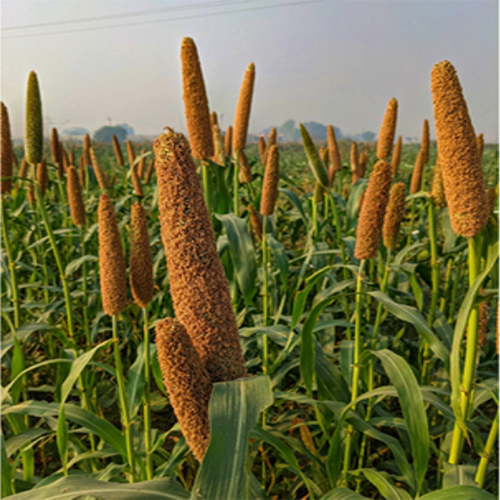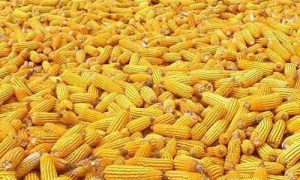Farmers substitute maize with pearl millet

FOLLOWING the Government’s announcement on compulsory traditional grain production in agro-ecological regions 4 and 5, Mudzi district farmers have taken heed and shifted from maize to pearl millet production to counter the predicted El Nino season.
Agritex acting district officer for Mudzi under Mashonaland East province, Mr Godfrey Mboweni said pearl millet is considered more efficient in utilisation of soil moisture than sorghum and maize. Also, pearl millet fits in the same areas of adaptation as sorghum, except that it is more drought tolerant, matures early and can produce grain in shallow and poor soils.
“Farmers began planting during early October, when there was some significant rainfall with maximum rain of 55 millimetres (mm). This was followed by a dry spell, which had a negative impact on crops such as maize. The farmers who had planted traditional grains, however, fared better, as it is more drought-tolerant,” he said.
The value attached to traditional grains which had over the years been so low with some people viewing them as crops for the vulnerable, has shifted with people recognising their health and nutritional value.
“The food security status was very bad before, as farmers were more reliant on maize, but this has changed through the introduction of traditional grains, particularly pearl millet. It came as an eye opener to the farmers here in Mudzi,” said Mr Mboweni.
The Government has introduced grain swaps that allow farmers with traditional grains to exchange these with maize at the Grain Marketing Board (GMB) depots.
Added Mr Mboweni: “At first farmers were reluctant to adopt the traditional grain fearing the issues to do with processing, but other partners come to help with farm machinery to assist in processing.”
Nationally sorghum, pearl and finger millet production has been on upward trend with total production rising from 76 362 tonnes in 2019 to 280 956 in 2023.
“I have a testimony on small grains as they have managed to out-scale maize with an intake of 450 tonnes for small grain against maize’s 150 in our area,” said Mr Mboweni.
Provision of agro-inputs under the new agro-ecological zone mapping in the 2022/23 agriculture season resulted in a 45 percent increase in production from 194 097 tonnes in 2021/22 season to 280 956 tonnes in the 2022/23 season.
In an X post (formerly twitter), Food and Agriculture Organisation of the United Nations (FAO) urged smallholder farmers to embrace millets as a sustainable and nutritious choice for enhancing food security and fight hunger thereby contributing to food and nutrition security as they can grow in dry, hot or cold conditions.
“Greater consumption of millets can offer opportunities to smallholder farmers to improve their livelihoods and high trade can improve the diversity of global systems,” explained in the post
Traditional seed varieties have adapted over generations to local climatic conditions, making them more resilient to drought, pests and diseases that are prevalent in the region.
Millets are an ideal tool in the country’s push to increase food security or food self-sufficiency with everyone capable of attaining better yields, better nutrition, a better environment and a better life.
Source Link: https://www.herald.co.zw/farmers-substitute-maize-with-pearl-millet/

















